
Imagination is the major raw material of creativity. All kinds of art, from poetry to photography, would have never discovered their means of expression without a plunge into the vast and mysterious fantasy sphere.
It is supposed that fantasy reaches its apogee during childhood and later in life grows dim, in opposition to awakening and maturity. However, the artistic impulse is there, defining all the stages of life, as a deep and inescapable need. Imagination is not really dissipating during growth; it just changes forms according to the trend of mental evolution. A child’s imagination is colorful, pure and shiny. An adult’s imagination can be dark, versatile and incisive.
The magical universe formed by the illimitable components of fantasy often seems to be completely otherworldly. Still, a study on this universe through the image-making and thorough art of cinema clarifies that imagination, more than disguising the touchable, intends to comprehend it.
Quite so, all of the following films capture the essence of Lloyd Alexander’s words: “Fantasy is hardly an escape from reality. It’s a way of understanding it.”
20. Science of Sleep (2006)
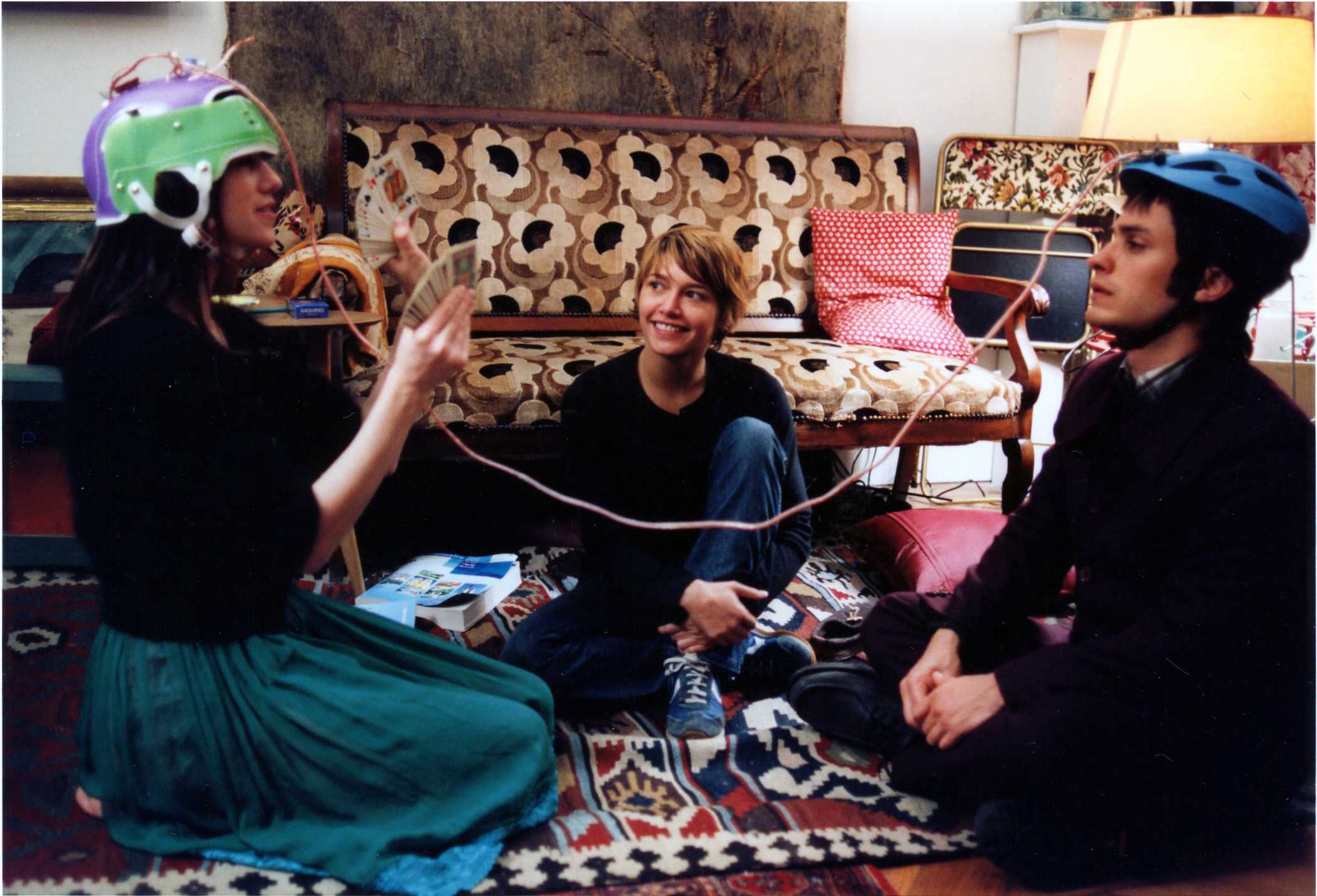
In his film “Science of Sleep,” Michel Gondry describes the psychological profile of a real-life Peter Pan, following his mental wandering through love, creation and life aspirations. Stéphane, embodied by Gael Garcia Bernal, is a young man characterized by artistic tendencies, an intensively interactive dream world, and a juvenile approach to the basic life parameters.
Stéphane experiences a lot of disappointment in his daily routine, while he abstains from embracing the conventional point of view on life tasks and human relationships. As a response, he has given himself entirely to his vivid dream world, which occupies his mind even during his waking hours, so as to transfuse a dose of charm to the boring reality. The visualization of his dreams is set up by retro child toys and theatrical decorations, emitting a mood of freedom, unconcern, and eternal puerility.
When Stéphane falls for a girl with whom he shares a common name and creative inclination, he desires to introduce her to his unique fantasy sphere and viewpoint on romance. However, he soon finds out that his denial to adulthood acts like an obstacle in building healthy relationships, whereas others perceive him as a childish person, sunken into his cheerful but untrue mental world.
19. Valerie and Her Week of Wonders (1970)
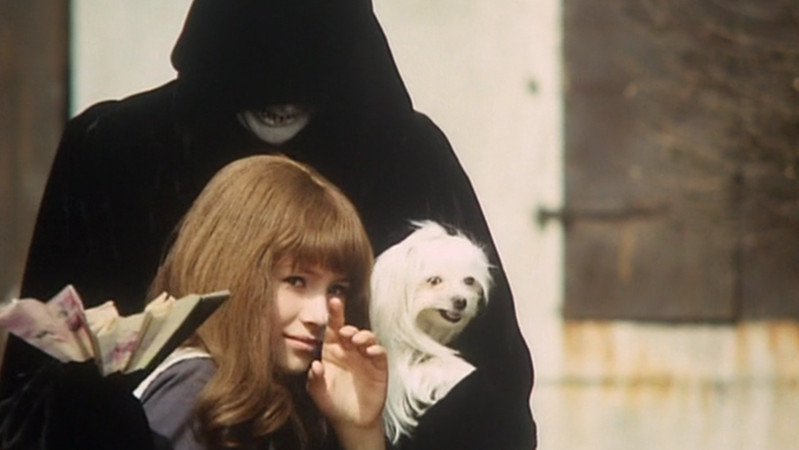
“Valerie and Her Week of Wonder” is a dark story, moving exclusively within the borders of Valerie’s haunted fantasy sphere. She is an extraordinary 13-year-old girl, experiencing her introduction to the first sexually aware stage of life in a mystified subliminal way.
The battle rising in this girl’s mind, between childish fears and developing instincts, results in a series of nightmarish illusions. The dominating elements of these visions are closely related to her view on several unexplainable and mysterious circumstances occurring in her life.
Valerie lives with her grandmother, deprived of any parental figures. She also grows up in a small religious society, which taught her about God and other supernatural ideas that she has been unable to comprehend as a child. In addition, she notices that men suddenly seek something unfamiliar from her.
Segueing into womanhood, Valerie craves answers. Thus, her subconscious provokes her to find out the role of parenthood, her foregone relationship with men, and even more, the quality of her own sexuality. Such thoughts threaten her trust to granted values, since she realizes that everything is changeable.
Furthermore, the moral lessons she’s been taught appear to criticize her newfound needs and visions. Nevertheless, she dares to explore these terrors and eventually, she acquaints with her inner self.
This film attempts a remarkably bold approach to the confusing and life-defining period of sexual maturation, oozing an unfailing kind of beauty. Through this girl’s terrifying illusions, she is appointed the delirium of conflicts evolving in an adolescent’s brain and moreover, the crucial role of the remorse generating and censorious social attitude toward healthy human development.
18. The Fall (2006)
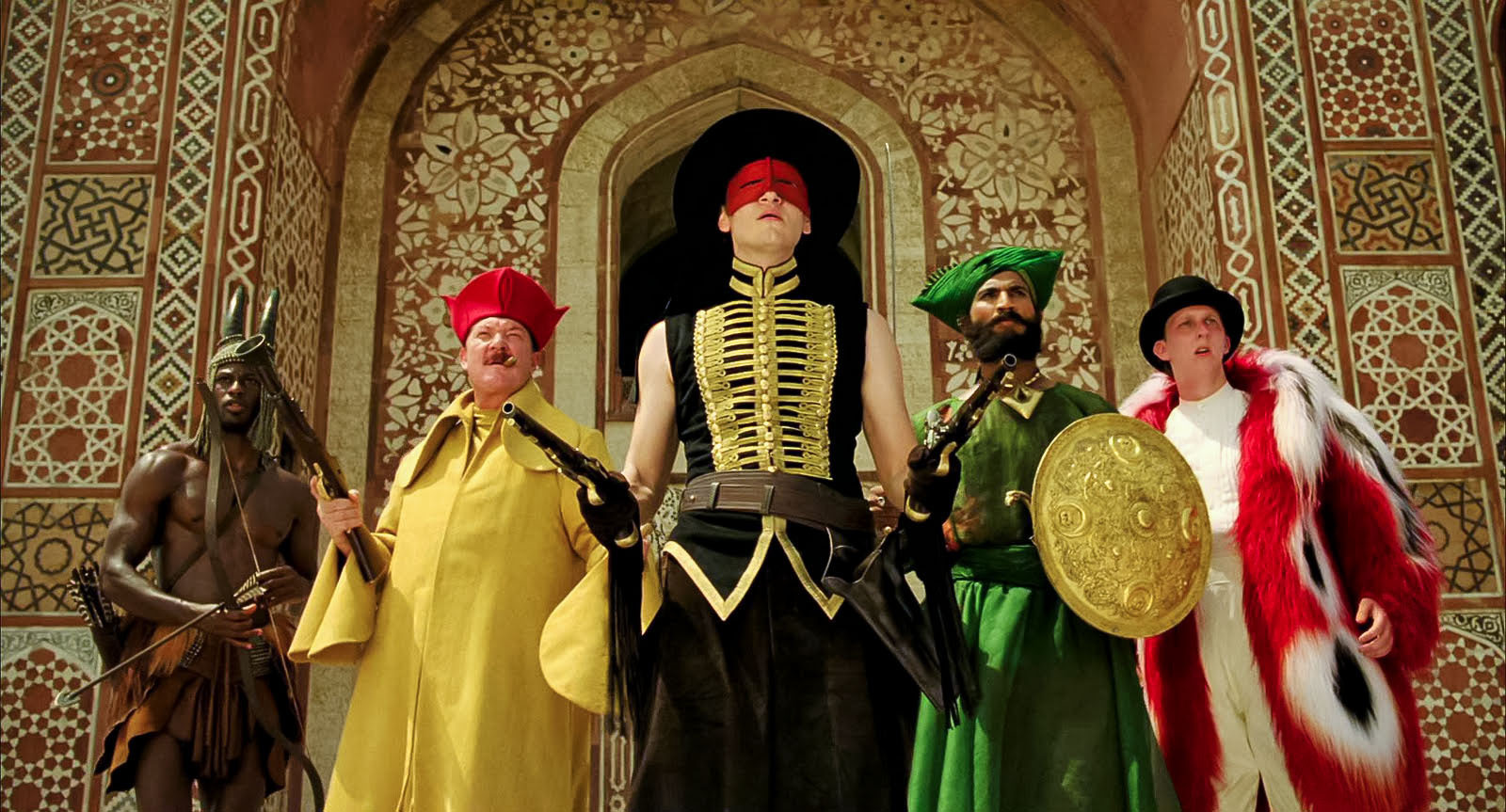
While an old man narrates a fantasy story to an intelligent young girl, her sparky imagination fleshes out his storytelling, resulting in a series of vivid and colorful imaginary events, inspired by mythology and ethnic culture. “The Fall” is a visually stunning film, able to arouse everyone’s imagination and challenge even the most deeply hidden child emotions.
This film has no intentions of moralizing or teaching life lessons; it’s a fusion of bold reality and extravagant fantasy, as shown by the combination of the bitter experiences and irreconcilable fantasies of pure Alexandria. While reality and fantasy confront each other and then meld together, it becomes clear that the surreal circumstances arising in the film are inspired by Alexandria’s approach toward the people she interacts with, her child fears and longings.
“The Fall,” without narrating a tale from the beginning to the end, exposes plenty of panhuman truths. Behind its breathtaking settings and dramatic events emerge various cultural elements, and timeless humane sensibilities and flaws. The film’s tangled and simultaneously clear world is as beautiful and sentimental as a child’s mind.
17. The Bothersome Man (2006)
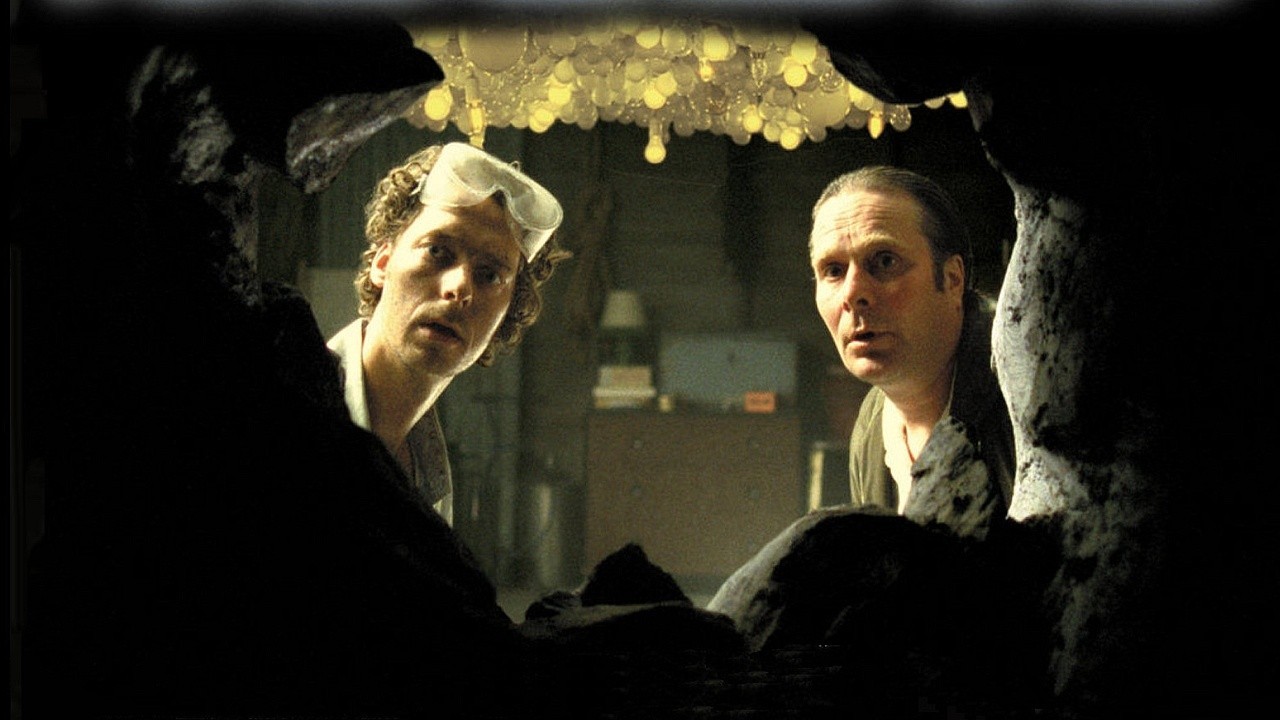
Andreas arrives in a city where food has no taste, discussions focus almost exclusively on furniture, the image of a body torn apart is casual, and people kiss with their eyes opened. In a world destitute of emotions and mere pleasures, everything evolves undistracted, controlled by absolute geometric logic.
Soon, Andreas feels like he’s dreaming a nightmare and yearns to break free from this emotionless and repulsive place. Eventually, he finds an escape exit. Another desperate man, deprived from basic human contentment, has opened a hole in the wall of a building’s basement, led by the sound of laughter. Andreas follows the secret path and arrives to a kitchen, where children’s voices and the smell of freshly baked bread overwhelm the room. He grasps the bread and bites it ecstatically.
Jens Lien’s “The Bothersome Man” is an extreme version of the current trend of alienation and materialistic approach on life. This nightmarish city provokes the spectator to imagine a world void of the granted and simplistic forms of joy. The film accomplishes in appointing the majesty of given values, as taste, fragrance, laughter, love, and nature. Everyone enjoys these life treasures daily, but rarely spends time feeling grateful for them.
16. Being John Malkovich (1999)
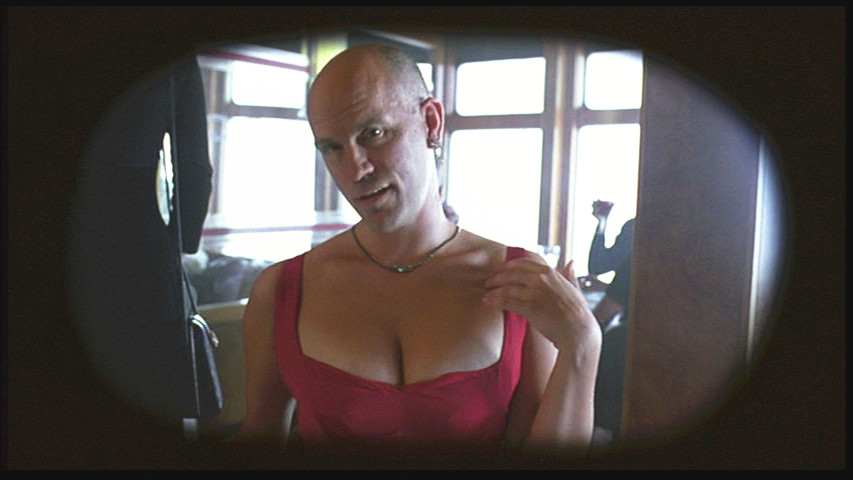
Craig, a street puppeteer who has a nerdy appearance and some creepy puppets, discovers a portal that leads into John Malkovich’s mind, placed in the low ceilinged 7 ½th floor of a company building. This experience lasts for 15 minutes and is quite appealing for Craig and everyone else being introduced to it, inciting a series of mystified events.
The visit in John Malkovich’s subconscious is not really a chance to meet him and discover his deeper thoughts. Malkovich, even if observed from the inside, offers only a distant and operational version of himself.
If not for finding out someone’s mental sanctum, what is so addictive about occupying a mind? Perhaps this short experience is an opportunity to escape from constant thoughts and reach an intellectual place of freedom and undisturbed pleasure.
Each character reacts differently to the surreal experience of being John Malkovich, according to his quality and bottled-up feelings. Craig is an unconventional character; dark, but pure and original. This experience absorbs him, but leaves him intact. His wacky wife, Lotte, discovers her attraction to women. Maxine, a confident person who attracts Craig, wants to experience things inside John Malkovich and even wants to charge people for doing the same.
This film achieves to prove that every human being is complex and even more, this complexity can be comprehended after trying to observe reality from someone else’s eyes. This procedure takes place, not because it essentially accomplishes the act on being someone else, but due to the sense of freedom that occurs by adopting a distant attitude toward the typical social conventions and oppressing standards.
15. Harvey (1950)
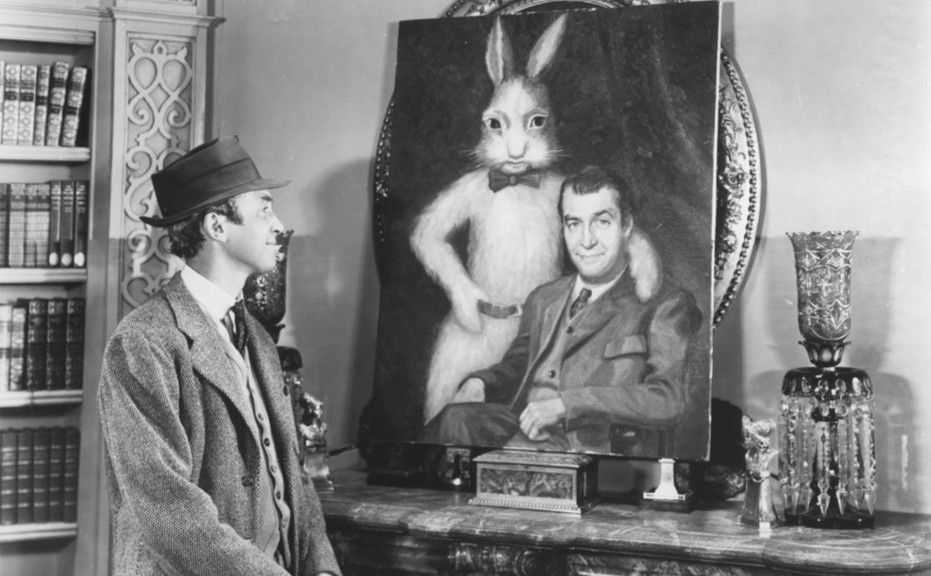
James Stewart as Elwood P. Dowd is a middle-aged, kind of alcoholic man who claims that he maintains a friendship with an enormous white rabbit. As expected, he is considered a lunatic by his surroundings. His sister, Veta Louise, is frustrated by dealing with such a situation daily and losing her social contacts one after another.
Surprisingly, the story doesn’t evolve so as to describe a case of psychological disorder, related to traumatizing experiences or premature losses. Hervey, the animal spirit that follows Elwood almost everywhere, is not a belated imaginary friend. Harvey is there, even if most people are unable to see him. He is meant to portray Elwood’s singularity, in relation to his innocent and simultaneously insightful vision on people and relationships.
The substance of the film “Harvey” is summarized in Veta’s words to a psychiatrist: “The photograph shows only the reality. The painting shows not only the reality, but the dream behind it. It’s our dreams, doctor, that carry us on.” Even though she has been denying it, her brother is nothing more than a dream painter.